One of London's most iconic buildings, with 1,100 rooms and 2.5 miles of corridors, transformed into luxury apartments
Since the government moved out in 2015, the Old War Office in central London has been converted into Raffles-branded residences. Annunciata Elwes takes a look.
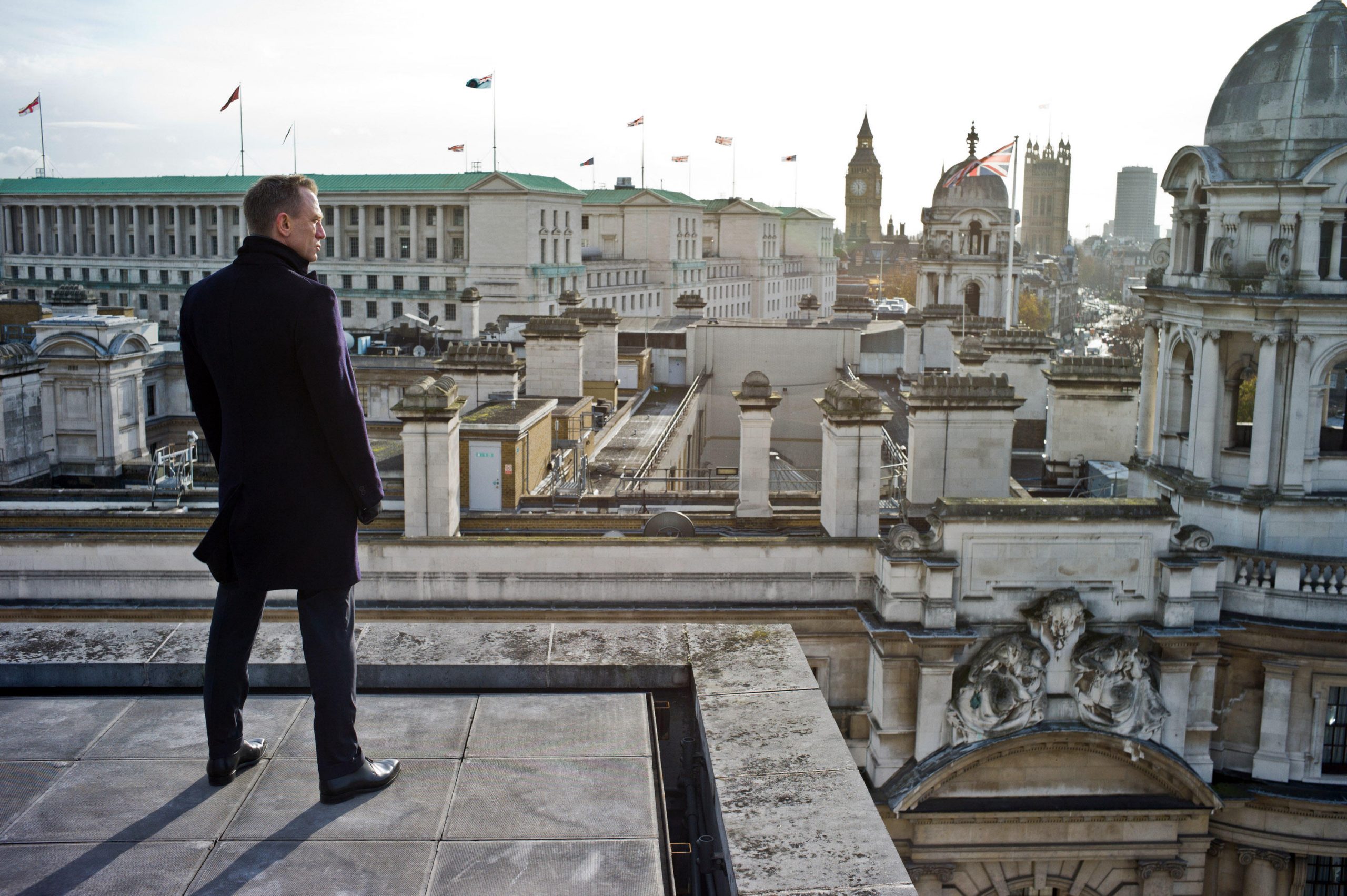

Wise as he was, as Winston Churchill puffed on a Romeo y Julieta at his Mountbatten desk in Whitehall’s Old War Office — a Portland stone, Edwardian Baroque behemoth built in 1906 at the eastern edge of St James’s Park in central London — he could little have imagined the building’s future as Europe’s first ultra-luxurious Raffles-branded residences.
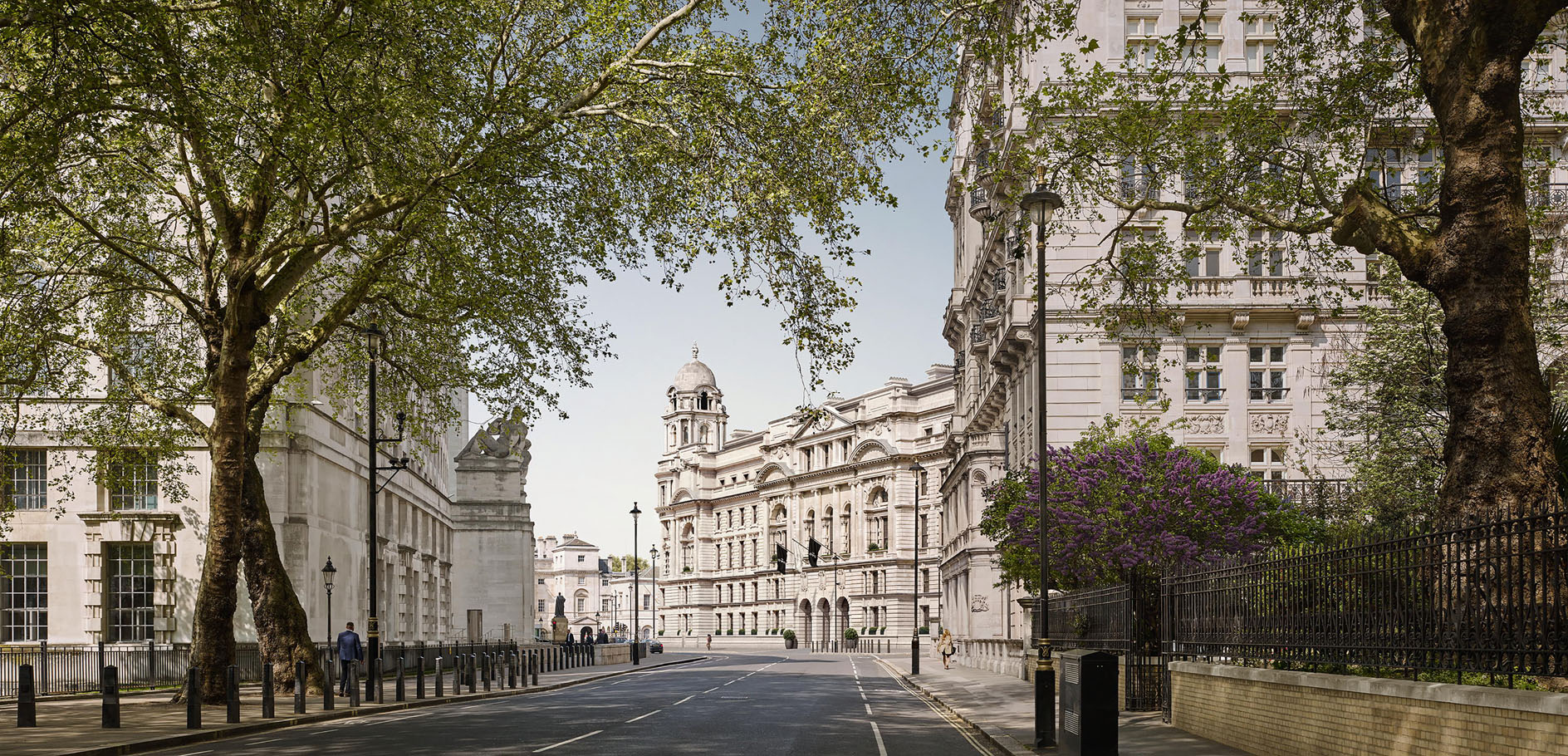
Located on the site of the former Palace of Whitehall, the Alfred Drury sculptures of Virtues and Values atop the Grade II*-listed Old War Office witnessed a turbulent century before MoD operations moved out in 2015, a year after the building’s sale to the Hinduja Group, for a cool £350 million on a 250-year lease.
This building was the centre of operations during both World Wars — walls reverberating with Morse-code beeps and whispers over rustled papers — and the backdrop to the Suez crisis and Profumo scandal. Lord Kitchener peered over his giant moustache to run the ‘Your Country Needs You’ campaign and Lawrence of Arabia was a draughtsman there. We wonder what Ian Fleming, who worked in the building as a naval intelligence officer, would have made of his old stomping ground’s later use as a film set for a number of ‘James Bond’ films, from Octopussy in 1983 to Skyfall in 2012.
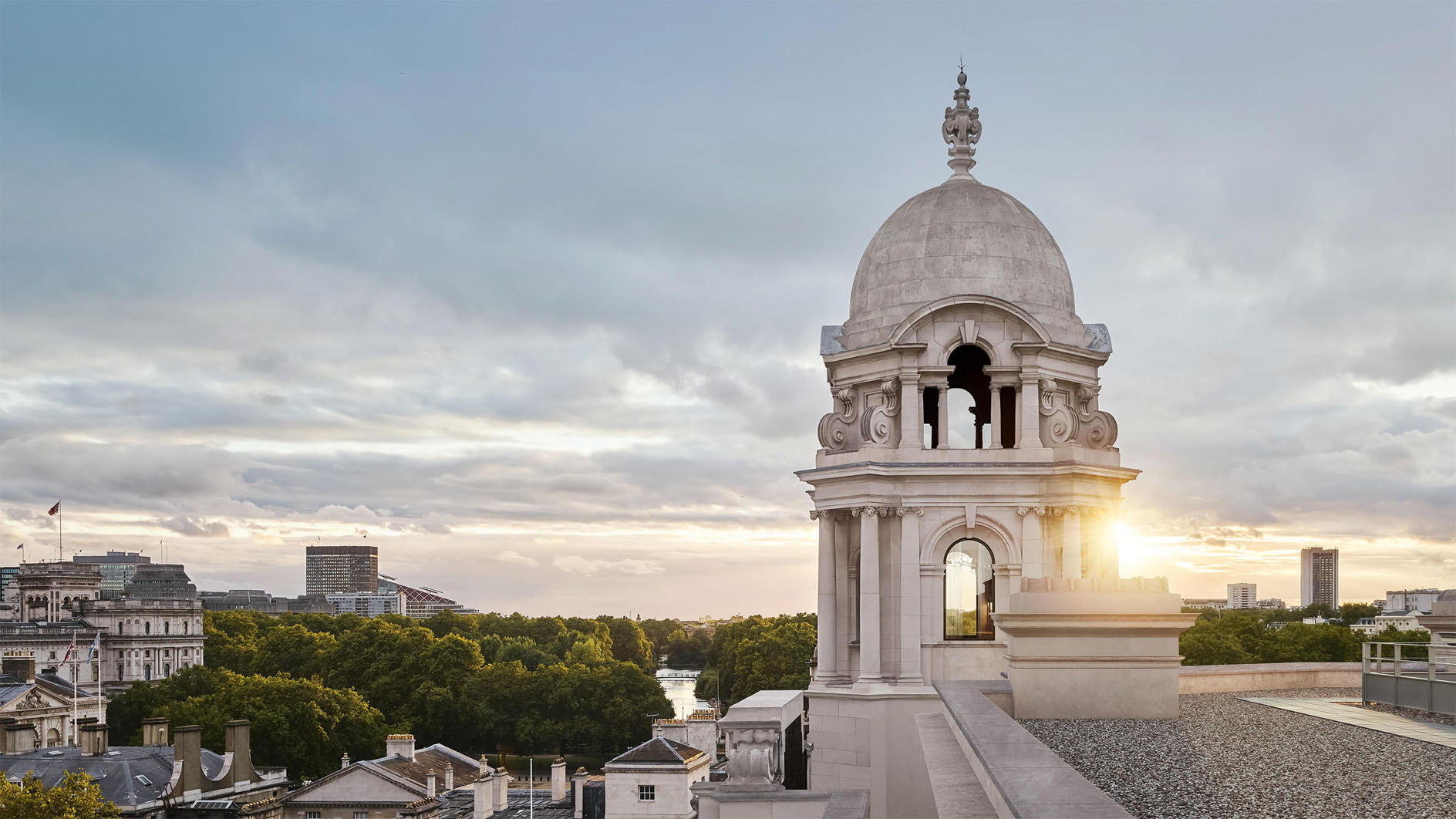
Since 2014, the Old War Office’s 2½ miles of corridors, staircases palatial and secret and 1,100 rooms over seven floors have come alive, as experts from Historic England, The Prince’s Trust and the Museum of London Archaeology have flocked in and out, with EPR Architects (behind renovations at The Ned and Rosewood) overseeing an intricate redevelopment that saw conservationists and archaeologists catalogue every inch of the building’s fabric. As one can imagine, the subterranean tunnels, now blocked up, were labyrinthine, but a splash in the underground 65ft swimming pool is close enough.
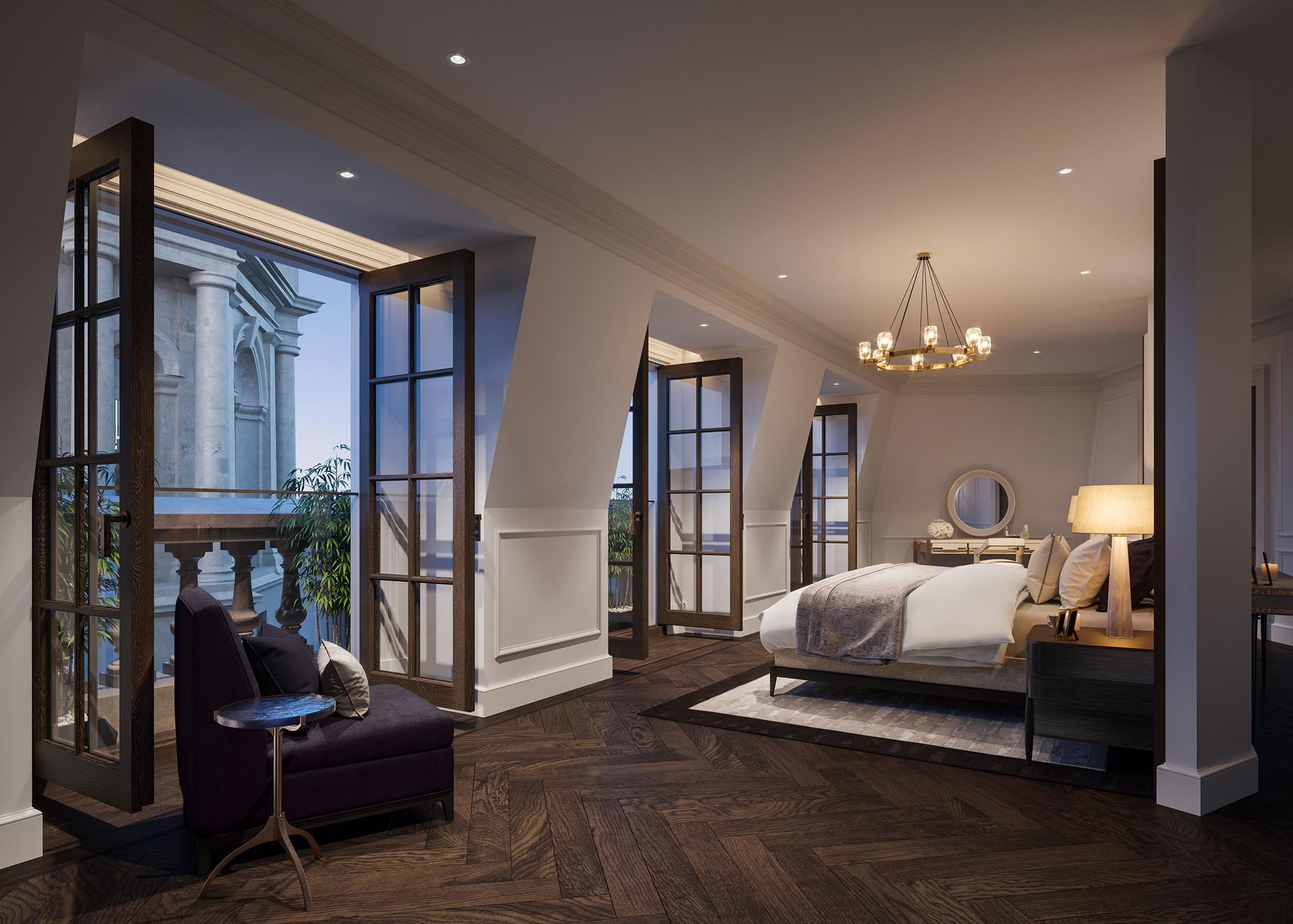
Launched on the market in June and set to complete in 2022, the 85 new homes, from studios to five-bedroom flats, will be based on the eastern, river side of the building, with ceiling heights stretching up to 14ft, interiors by 1508 London, handcrafted kitchens from Smallbone of Devizes, integrated appliances by the likes of Gaggenau and Miele, marble and onyx bathrooms with brass detailing and arguably the finest views in the capital through bombproof windows and from numerous elegant roof terraces.
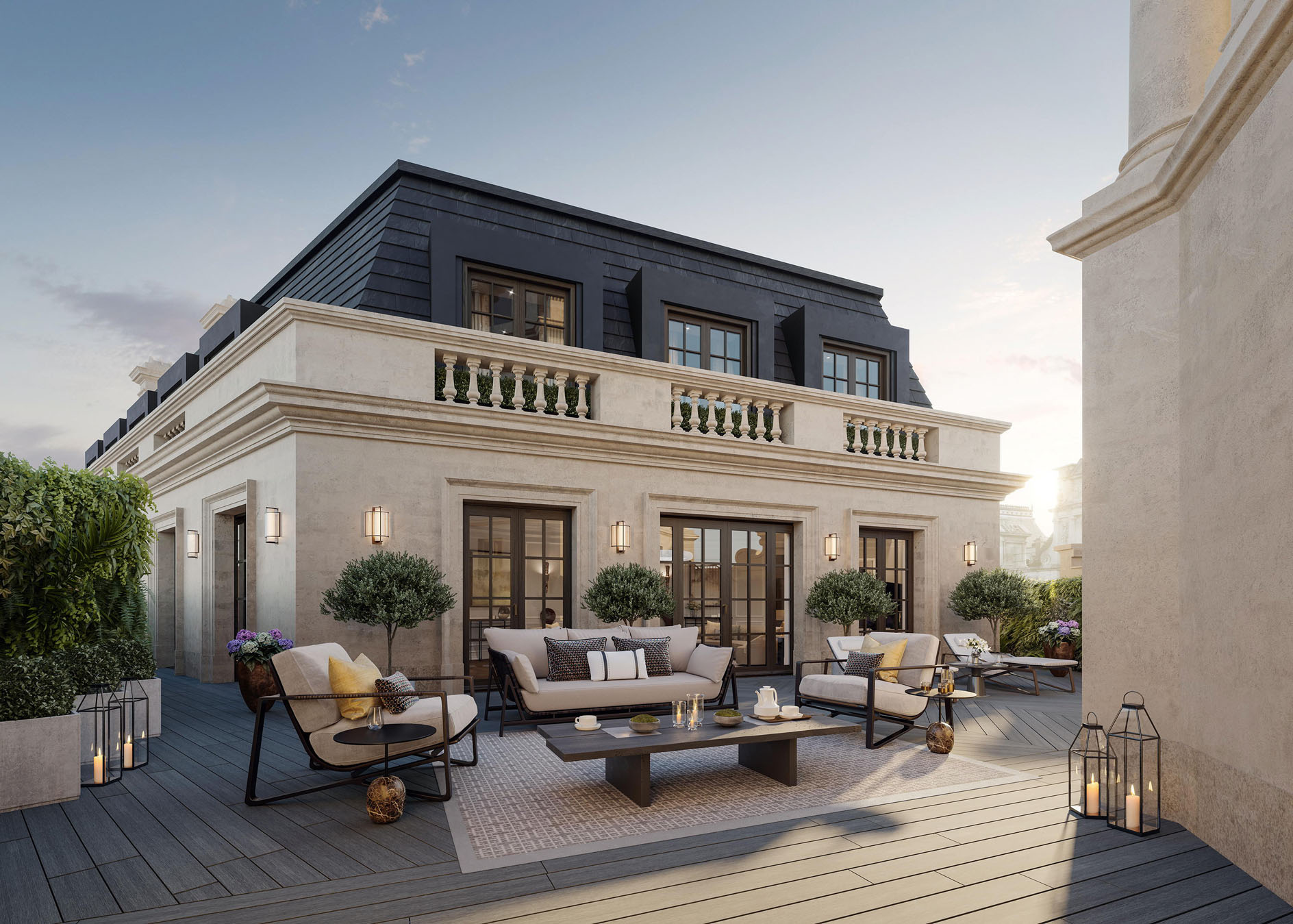
Upon approach via the Spies Entrance on Whitehall Court — just across the road from the former faux offices of Rasen, Falcon & Co Shippers and Exporters, MI6’s original HQ — each residence is tailored to its footprint in the unusual building, which has been divided up with skill and flair.
Some are penthouses, some duplex, some contain original wood panelling, mosaic or parquet floors, even old messenger stations, and two feature statuesque corner turrets.
Sign up for the Country Life Newsletter
Exquisite houses, the beauty of Nature, and how to get the most from your life, straight to your inbox.
Among the 30,000sq ft of spaces exclusive to residents is Churchill’s former office, a 16-seat cinema, gym, three studios and seven lounges. For the first time in more than a century, the public will be invited into the Old War Office for 10 days a year, for tours of historic rooms.
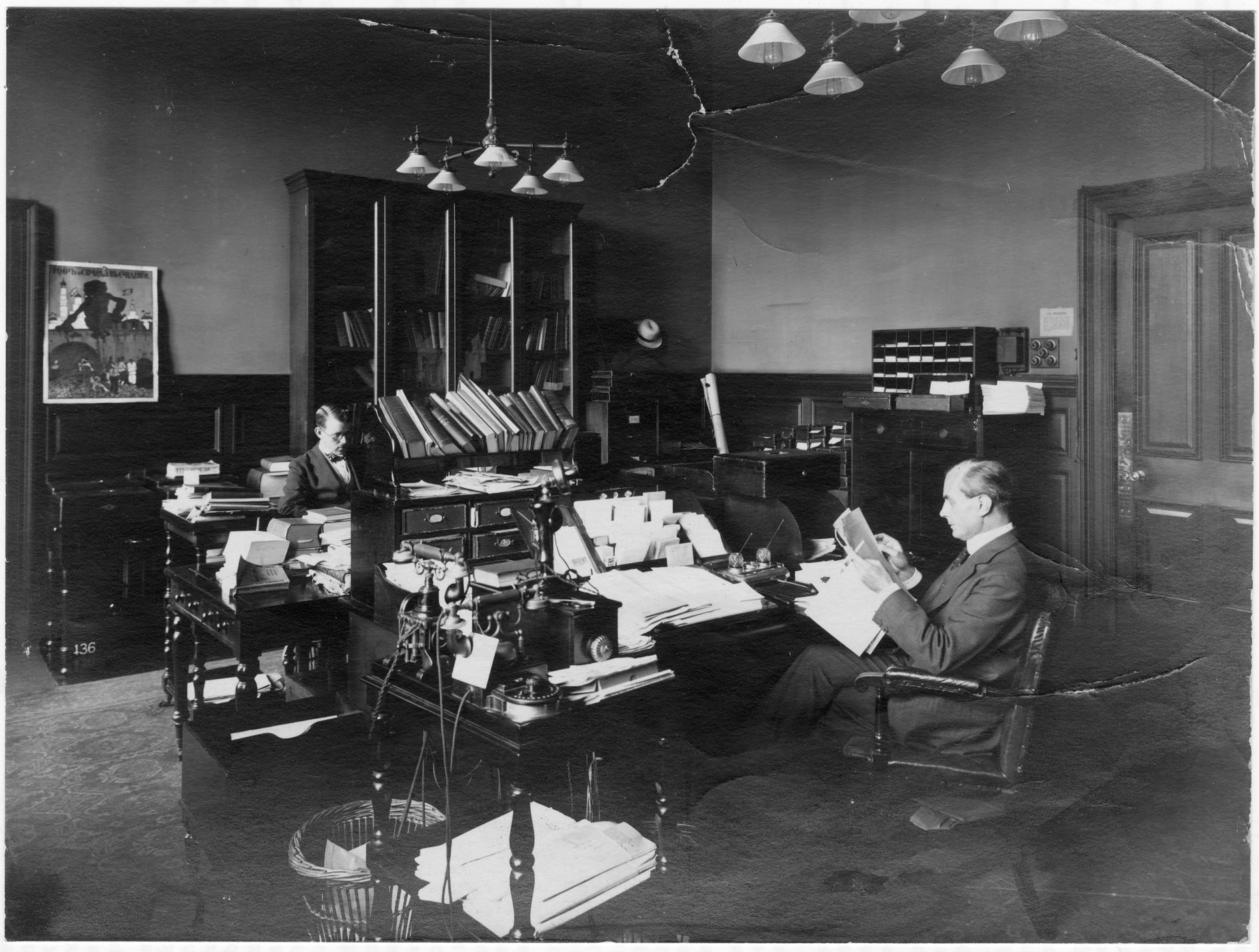
In essence, The OWO, as it is now known, embodies ‘vast Imperial wealth… two World Wars, a huge political scandal, the invention of sex in the 1960s… the end of an Empire and a remaking of a national image embodied in the most famous and least undercover spy in film,’ comments architect and author Edwin Heathcote. ‘Bureaucracy has faded in favour of luxury. This is its monument.’
Residents at The OWO will have exclusive access to London’s first Raffles hotel — with interiors by Thierry Despont (Claridge’s, The Dorchester and so on), 125 bedrooms and suites, nine restaurants and bars (including one in a rooftop turret), a spa and a 720-person ballroom — which, at the western end, makes use of the grand Whitehall entrance, just beyond the Quadrangle courtyard from Horse Guards Avenue.
‘Every decision made on The OWO is underscored by passion and respect for the heritage of the building and long-term commitment to London,’ explains Gopichand P. Hinduja, co-chairman of the Hinduja Group.
Two-bedroom flats start at the Old War Office start at £5.8 million, through Knight Frank and Strutt & Parker — see more at www.theowo.london
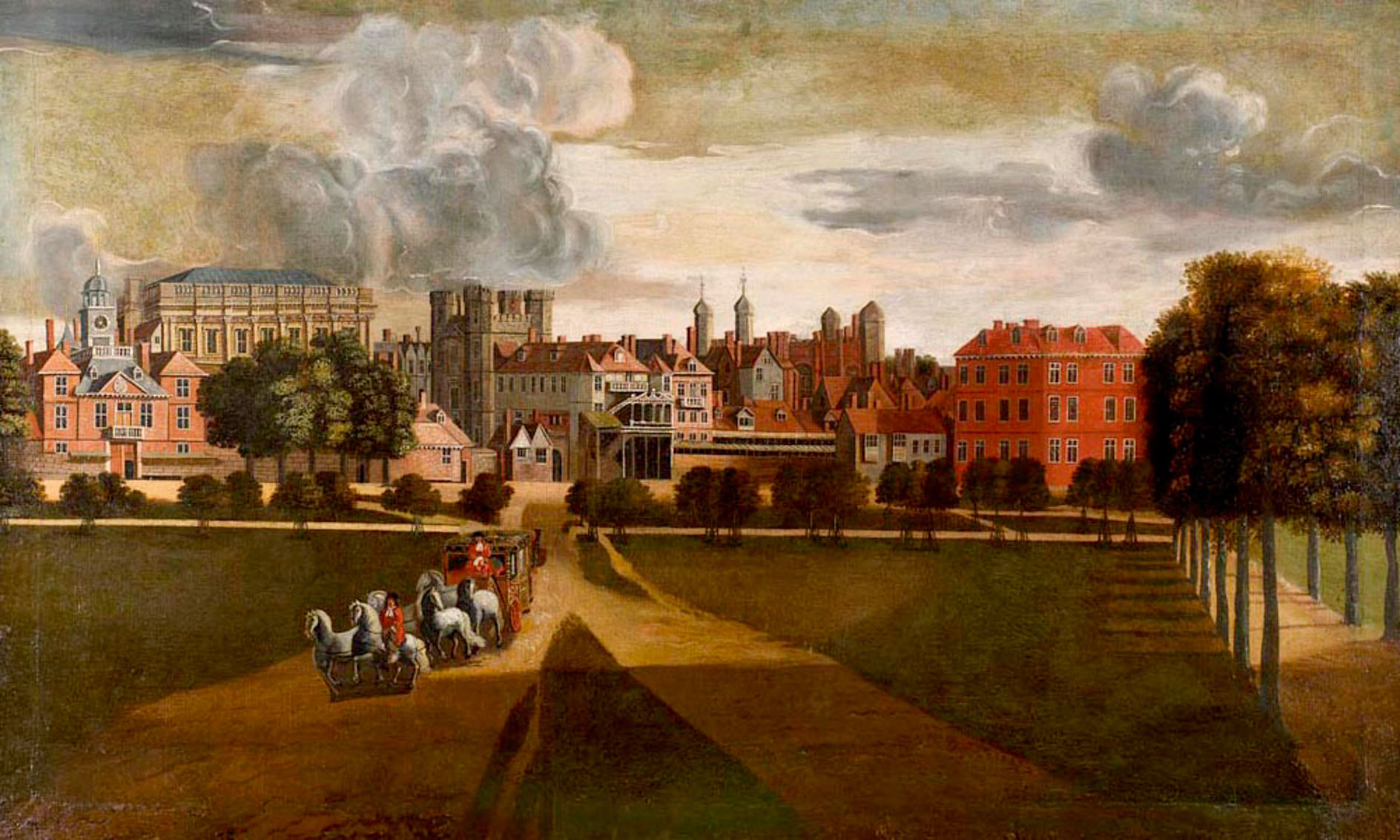
Annunciata grew up in the wilds of Lancashire and now lives in Hampshire with a husband, two daughters and an awful pug called Parsley. She’s been floating round the Country Life office for more than a decade, her work winning the Property Magazine of the Year Award in 2022 (Property Press Awards). Before that, she had a two-year stint writing ‘all kinds of fiction’ for The Sunday Times Travel Magazine, worked in internal comms for Country Life’s publisher (which has had many names in recent years but was then called IPC Media), and spent another year researching for a historical biographer, whose then primary focus was Graham Greene and John Henry Newman and whose filing system was a collection of wardrobes and chests of drawers filled with torn scraps of paper. During this time, she regularly gave tours of 17th-century Milton Manor, Oxfordshire, which may or may not have been designed by Inigo Jones, and co-founded a literary, art and music festival, at which Johnny Flynn headlined. When not writing and editing for Country Life, Annunciata is also a director of TIN MAN ART, a contemporary art gallery founded in 2021 by her husband, James Elwes.
-
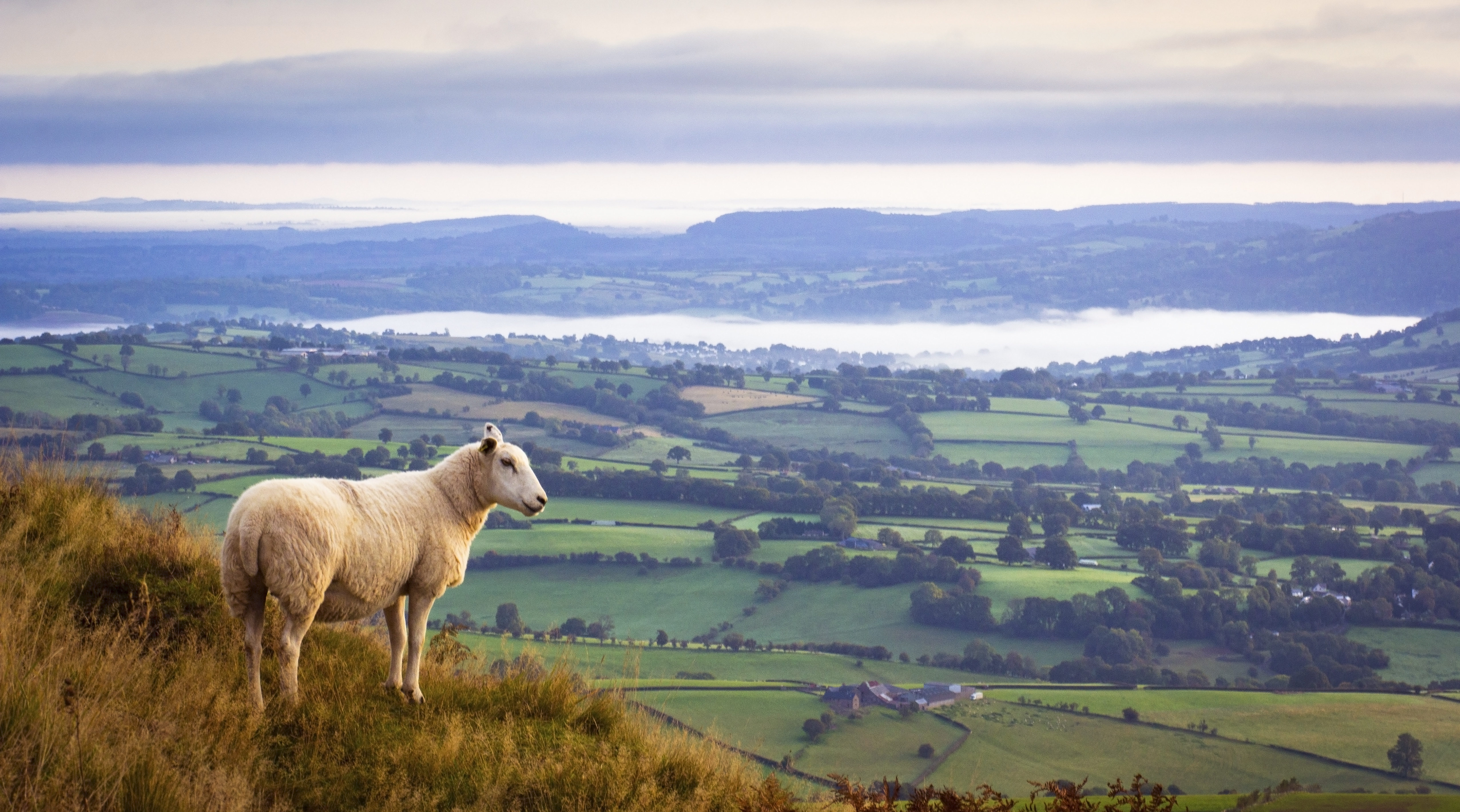 Minette Batters: 'It would be wrong to turn my back on the farming sector in its hour of need'
Minette Batters: 'It would be wrong to turn my back on the farming sector in its hour of need'Minette Batters explains why she's taken a job at Defra, and bemoans the closure of the Sustainable Farming Incentive.
By Minette Batters Published
-
 'This wild stretch of Chilean wasteland gives you what other National Parks cannot — a confounding sense of loneliness': One writer's odyssey to the end of the world
'This wild stretch of Chilean wasteland gives you what other National Parks cannot — a confounding sense of loneliness': One writer's odyssey to the end of the worldWhere else on Earth can you find more than 752,000 acres of splendid isolation? Words and pictures by Luke Abrahams.
By Luke Abrahams Published
-
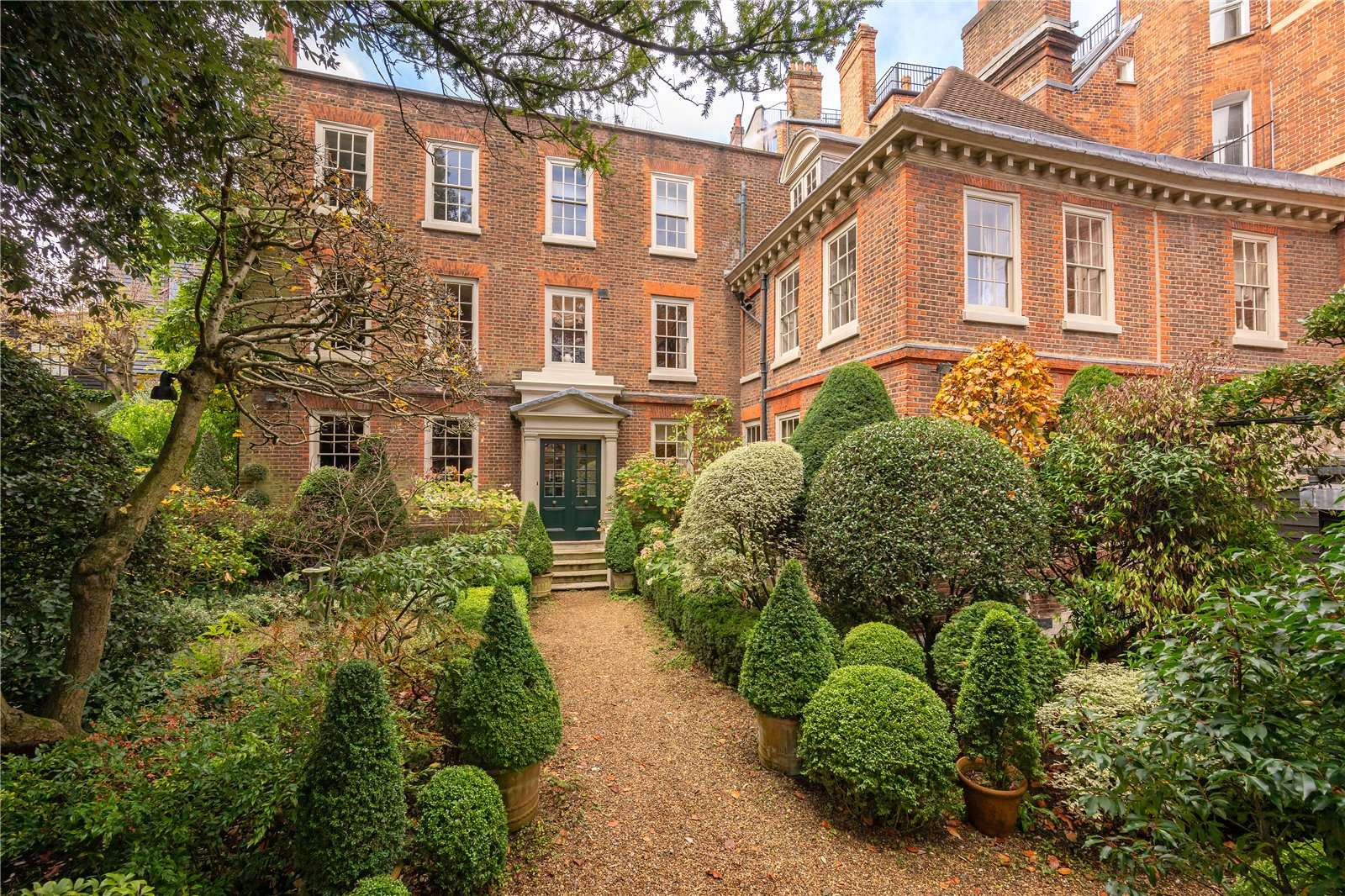 A gorgeous home that offers a slice of country life in the heart of Hampstead
A gorgeous home that offers a slice of country life in the heart of HampsteadThis idyllic Hampstead mansion has seen its price rise nine times faster than inflation — and it's not hard to see why.
By Carla Passino Published
-
 What the Monopoly board would look like at 2024 property prices
What the Monopoly board would look like at 2024 property pricesIn the 88 years since the first British edition of Monopoly, a lot has changed. But how much should the various properties be worth today? And where should they be on the board?
By Toby Keel Published
-
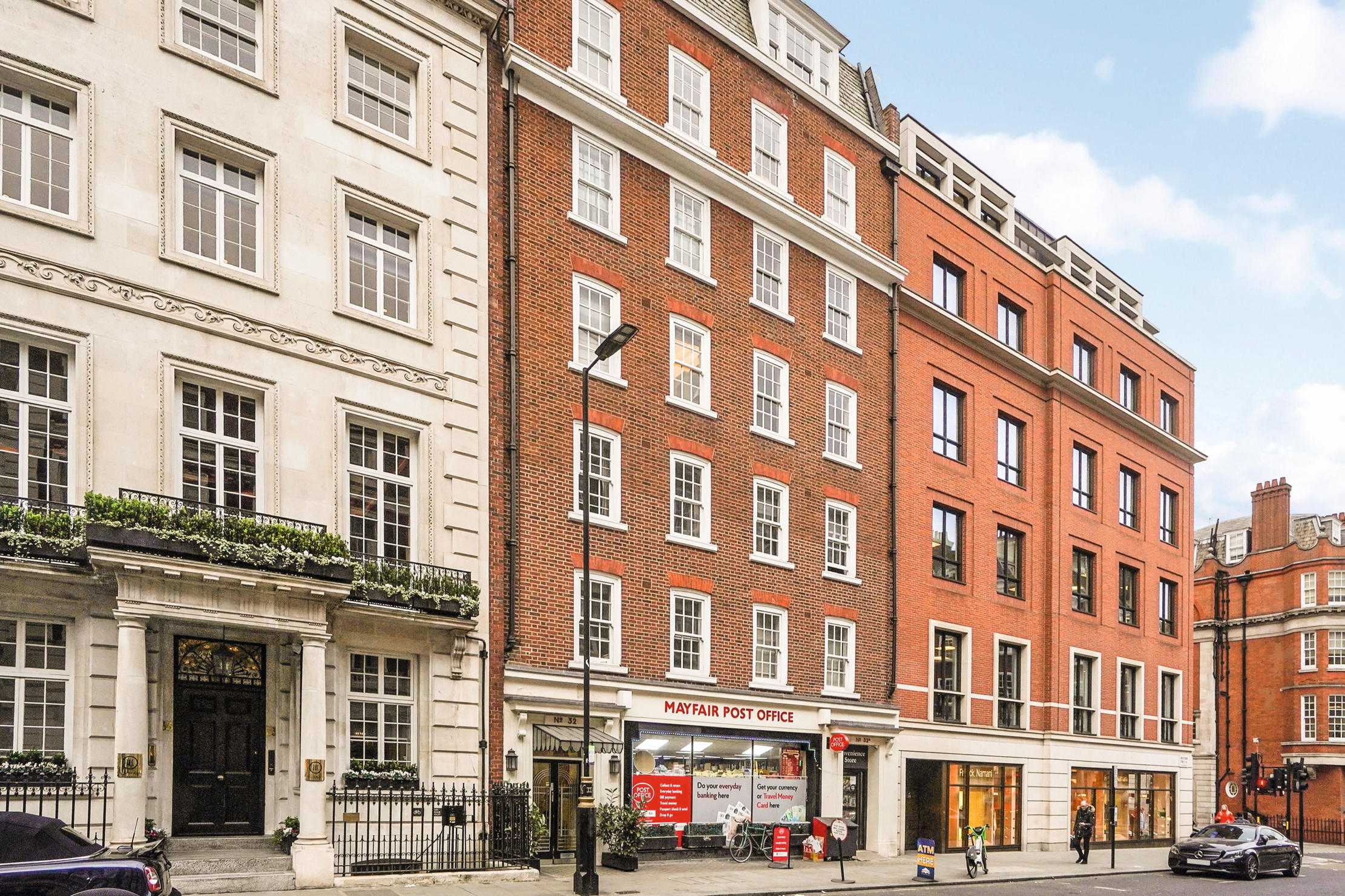 The man who made Mayfair
The man who made MayfairThomas Cundy II changed the face of Mayfair with the refronting programme he launched as chief surveyor of the Grosvenor estate, but much of his work was lost in subsequent renovation, as Carla Passino discovers.
By Carla Passino Published
-
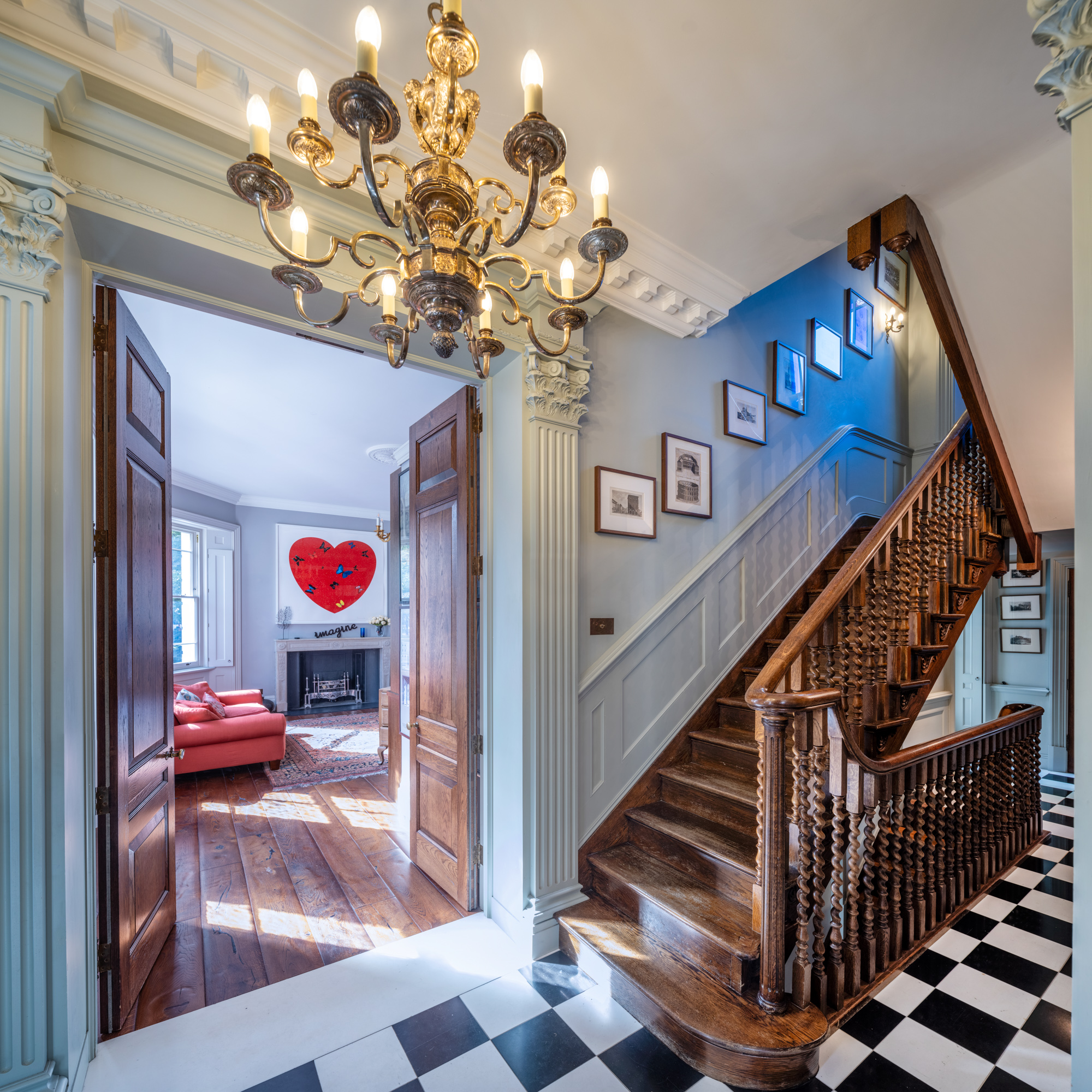 A country house in central London? The £10m Primrose Hill home on the square where Sylvia Plath and Ted Hughes once lived
A country house in central London? The £10m Primrose Hill home on the square where Sylvia Plath and Ted Hughes once livedA house has come up for sale on one of the most beautiful — and most photographed — streets in London. Rachael Turner explains more.
By Rachael Turner Published
-
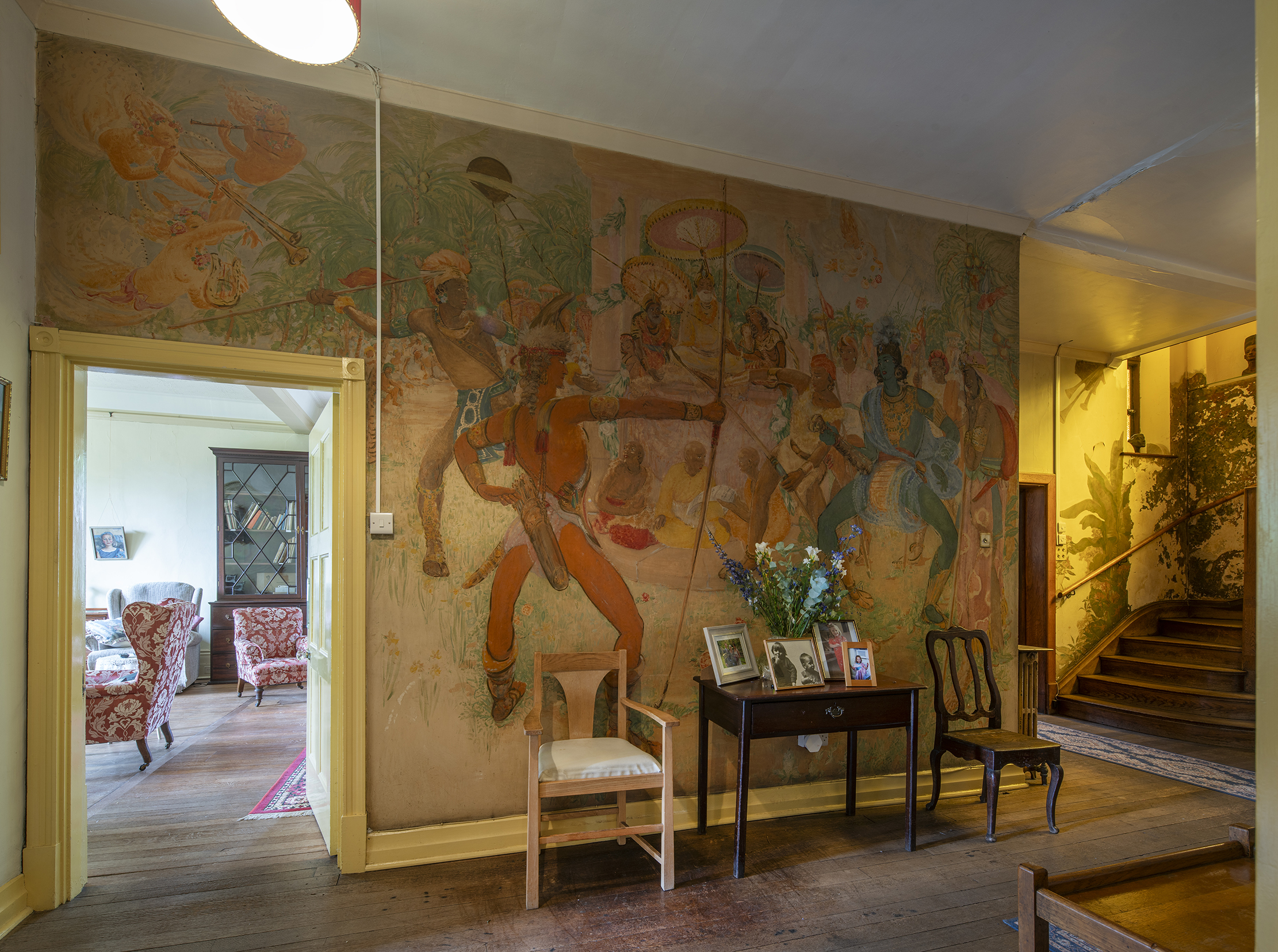 A 'country house in London' for sale in Hampstead, complete with quirky murals
A 'country house in London' for sale in Hampstead, complete with quirky muralsLocated in one of London’s most sought-after neighbourhoods, this Grade II-listed property could set you back £11,000,000. And that’s before you revamp it.
By Annabel Dixon Published
-
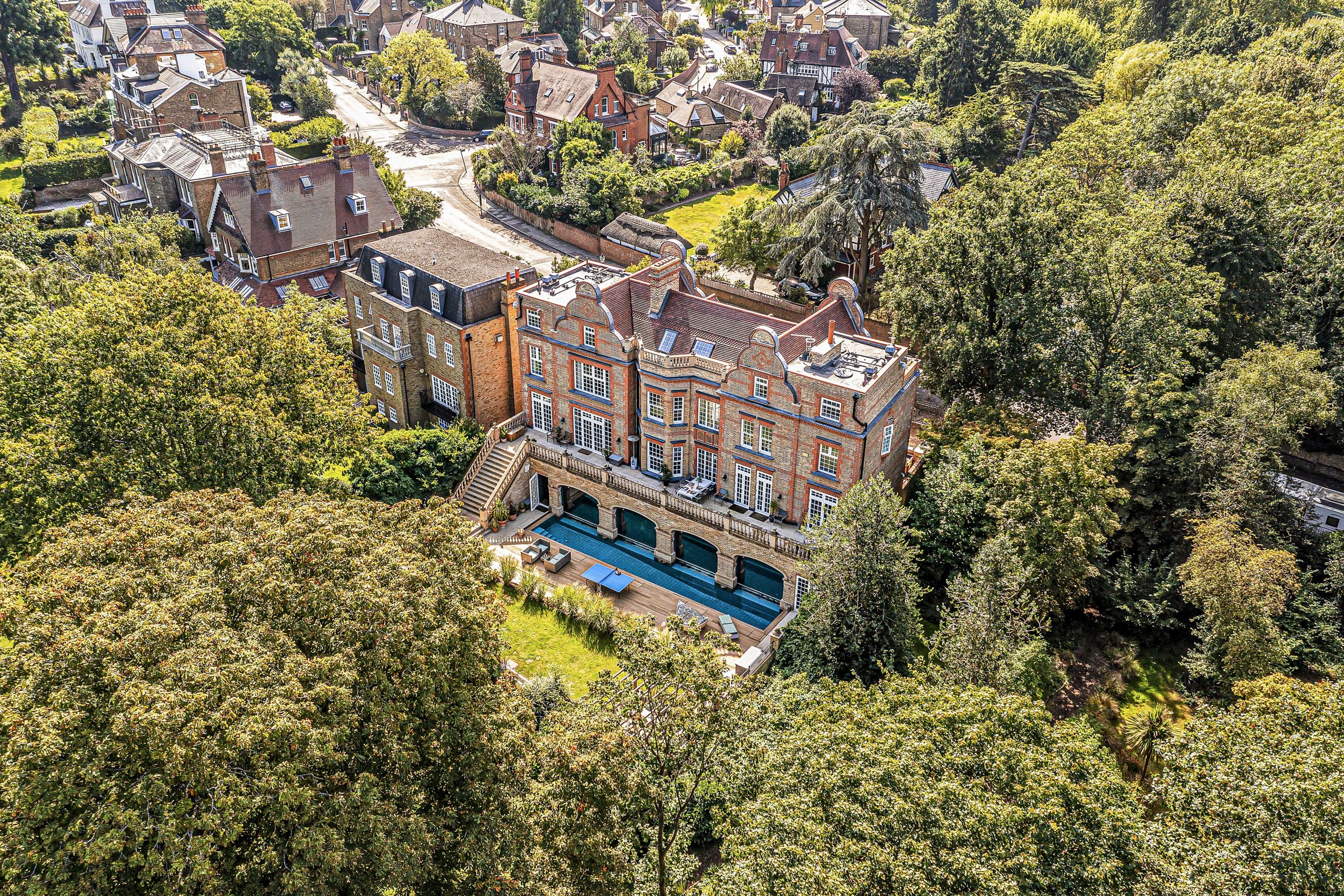 A riverside mansion with keys to south west London's secret garden
A riverside mansion with keys to south west London's secret gardenThis dreamy property has a stunning pool, a gym, wine cellar and cinema, plus access to the exclusive Pleasure Gardens, a 12-acre green space with tennis courts and lake.
By Rachael Turner Published
-
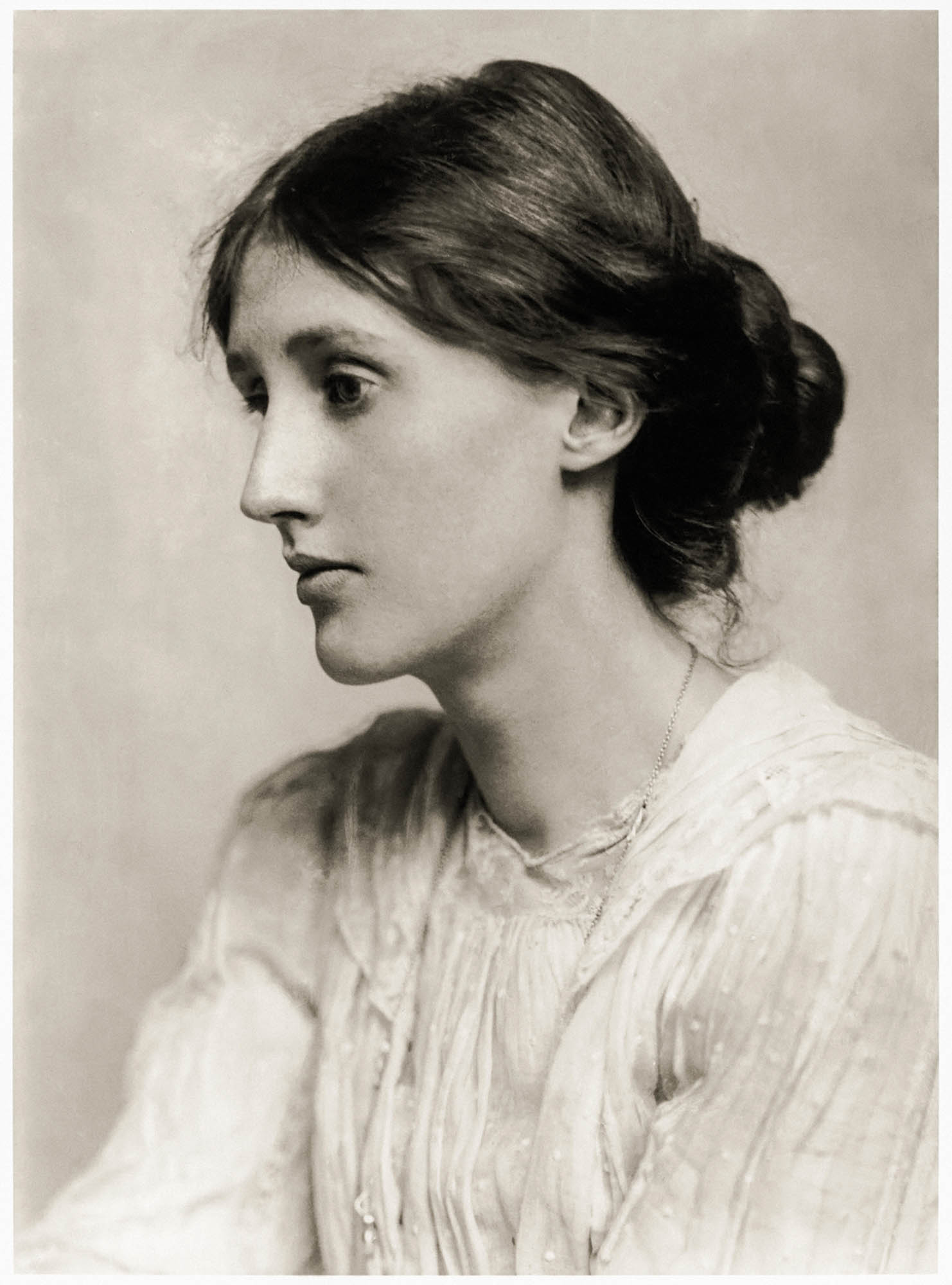 How the Bloomsbury Group shaped life in London WC1
How the Bloomsbury Group shaped life in London WC1There’s more to the Bloomsbury Group than squares, circles and triangles, says Rosemary Hill, who explores what drew its members to London’s WC1 in the first place and the lasting effect they had on it.
By Country Life Published
-
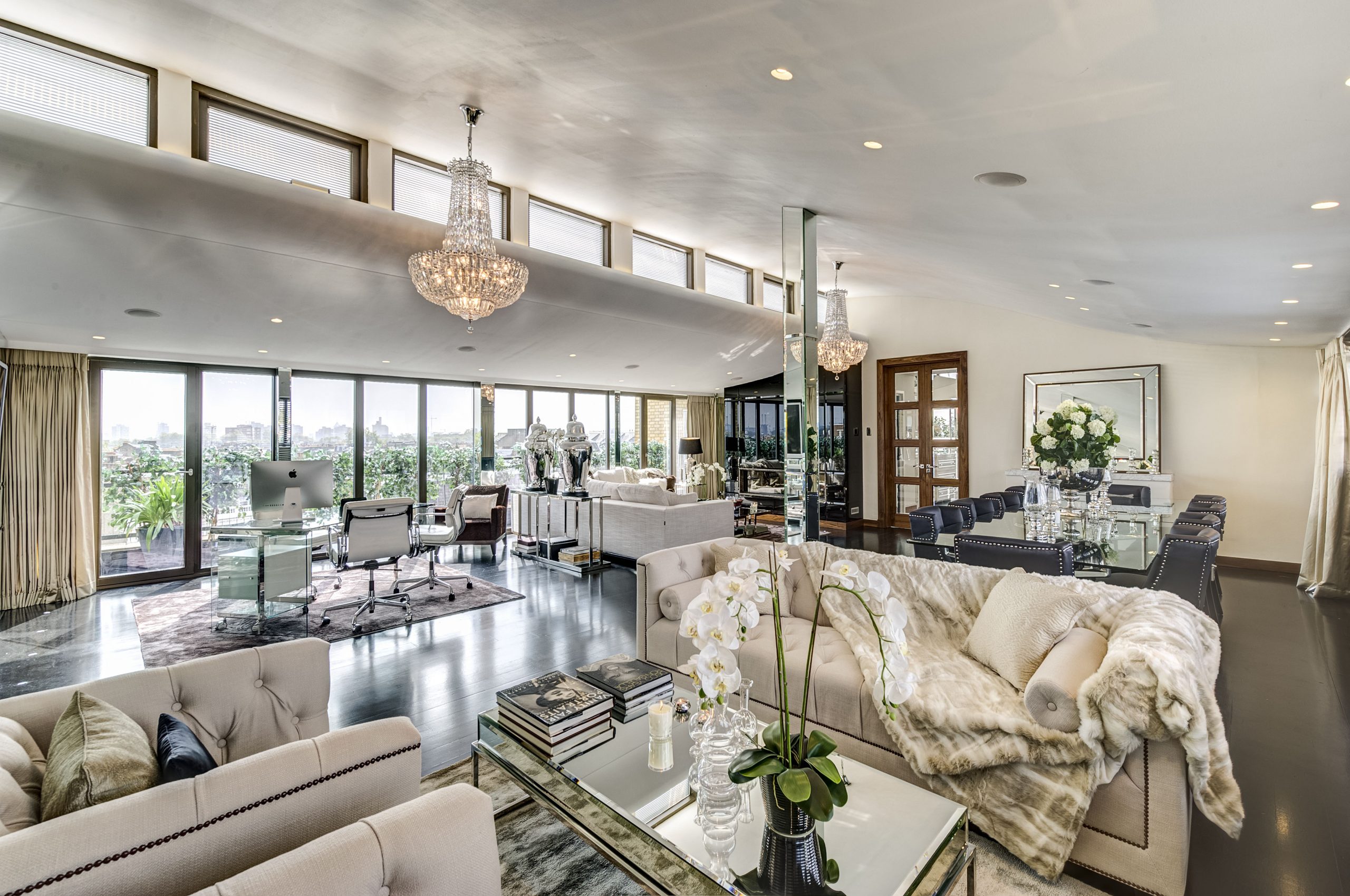 Hugh Grant's former South Kensington penthouse on the market with £700k price cut
Hugh Grant's former South Kensington penthouse on the market with £700k price cutI'm just a girl, standing in front of a 3,000 sq ft London penthouse, asking it to please let me in.
By Carla Passino Published
